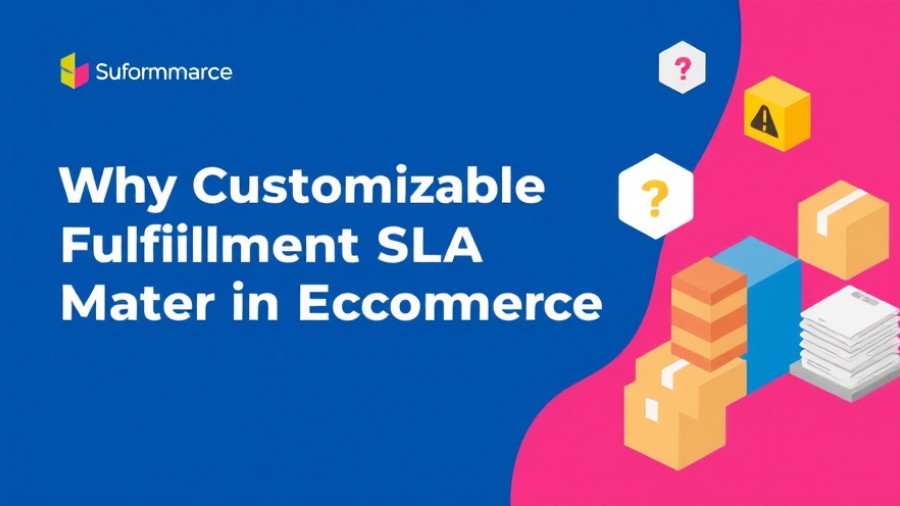
Understanding the Importance of Product Descriptions in E-commerce
When it comes to selling products online, the role of product descriptions cannot be overstated. They are not just words that fill space on a webpage; they are critical tools that can either attract or deter potential customers. When optimized correctly, product descriptions not only help users understand what they are buying but also improve the search engine ranking of the product page, attracting more organic traffic. Keeping this in mind, let us dive into why revealing product descriptions is essential rather than hiding them away in a drawer.
The Pitfalls of Hiding Product Descriptions
Hiding product descriptions in a drawer or through expandable sections might seem like a good way to declutter an e-commerce site, but it may backfire. Customers often want immediate access to information that helps them make quick buying decisions. By requiring customers to click to reveal descriptions, you risk frustrating users, which can lead to higher bounce rates. Moreover, search engine algorithms prefer visible content. If the descriptions are hidden, search engines might not index this content properly, affecting your visibility in search results. This makes it challenging for potential buyers to find your products.
SEO Benefits of Well-Placed Product Descriptions
SEO (Search Engine Optimization) is pivotal in digital marketing strategies. Optimizing your product descriptions with relevant keywords can significantly enhance visibility. A recent study highlighted that only 12% of customers trust generic descriptions from manufacturers, suggesting the importance of unique content. A well-crafted product description that includes targeted keywords can improve rankings and drive more traffic to your site. Additionally, as per Shopify's insights, keeping product pages informative and engaging can lead to 52% higher conversion rates when customer reviews are included with unique descriptions.
Creating Engaging and Informative Descriptions
To create appealing descriptions, you should focus on the benefits of the product rather than just listing features. It’s crucial to understand what customers want to know and communicate that effectively. By using clear and concise language, employing storytelling, and integrating targeted keywords naturally, you can craft descriptions that not only inform but also convert. This practice aligns with the recommendations from Shopify and other digital marketing experts, who urge e-commerce sites to create bespoke content tailored to their audience's needs.
The Role of Social Proof
Another compelling reason to keep product descriptions visible is the incorporation of customer testimonials and reviews. Displaying these insights openly enhances trust and can sway potential buyers. According to data, products with reviews are likely to receive 52.2% more clicks than those without. When customers see that others have successfully purchased and enjoyed the product, their confidence in making a purchase increases, ultimately driving sales.
Actionable Tips for Optimizing Product Descriptions
- Utilize clear headings: Use headings and subheadings to break down information into bite-sized, easy-to-read chunks.
- Incorporate keywords: Research effective keywords and integrate them smoothly into your descriptions.
- A/B testing: Regularly test different formats to see what resonates with your audience better.
- Link to related products: Enhance the user experience by linking items, creating a more engaging shopping journey.
Conclusion: Empower Your Customers with Information
Ultimately, removing barriers to accessing product information is vital. By keeping your product descriptions visible and designed with the customer journey in mind, you not only enhance the user experience but also implement strategies that drive traffic and conversions. In a market that is increasingly competitive, like e-commerce, every detail counts in inching closer to that purchase decision.
If you want to ensure that you are implementing the best practices for e-commerce SEO, consider reviewing your product pages and follow these insights for a more engaging digital presence.
 Add Row
Add Row  Add
Add 


Write A Comment